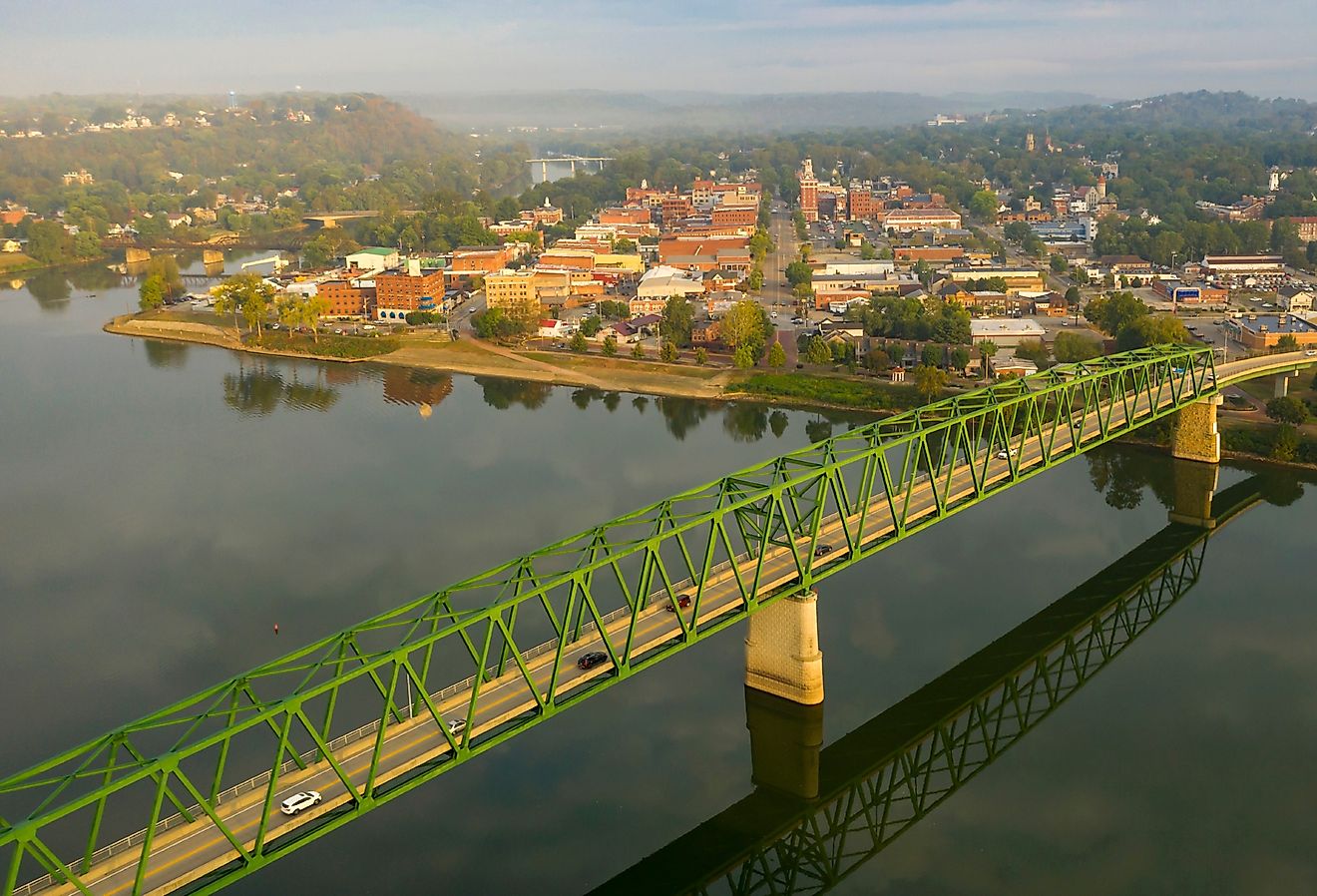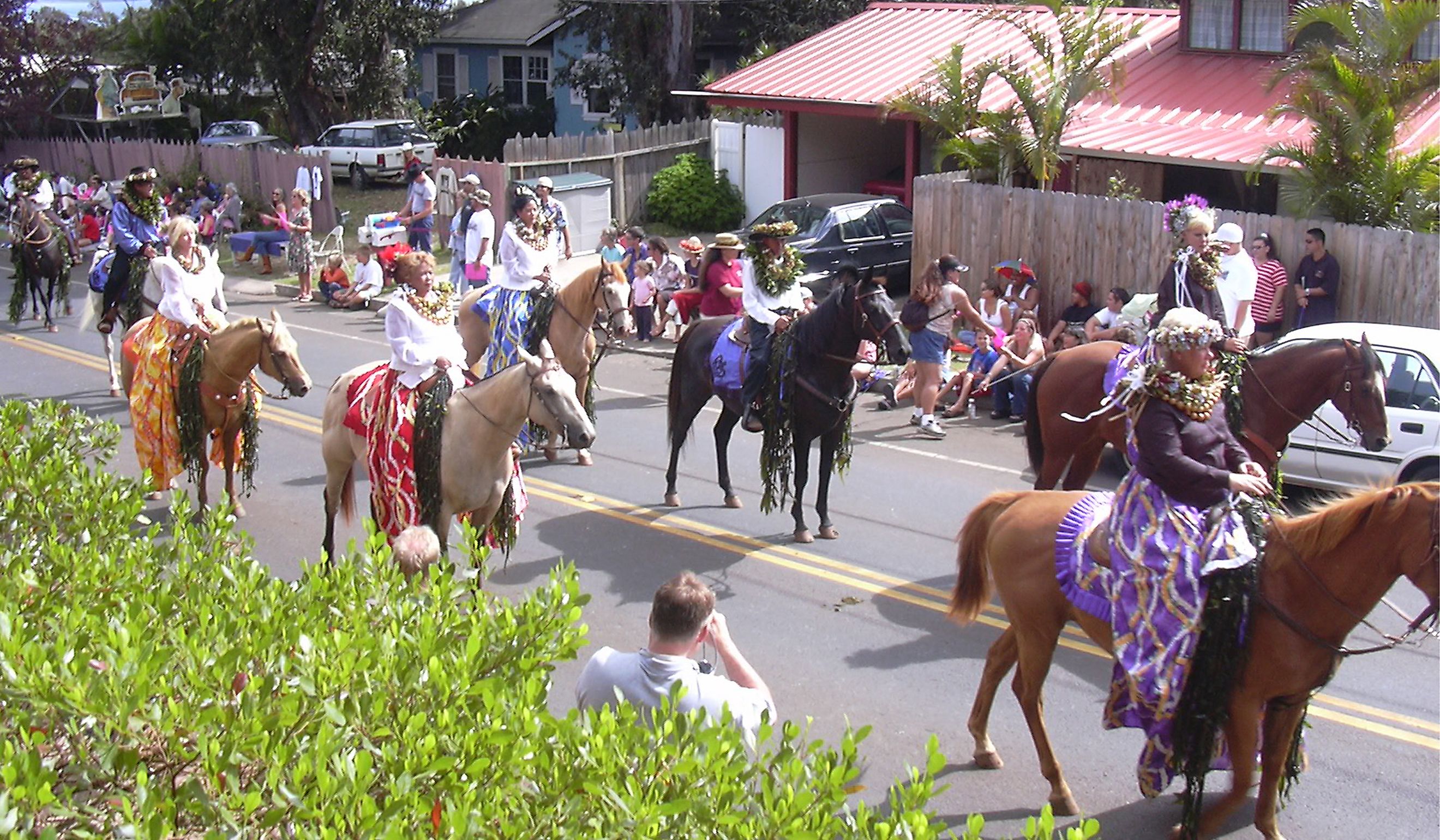
These 9 Hawaii Towns Have The Most Unique Festivals
Once claimed by Mark Twain to be “the loveliest fleet of islands that lies anchored in any ocean,” Hawaii is a magical place riddled with the best of what the earth has to offer. Originally believed to be named after another Polynesian island, Raiatea, this wonderful state of the United States is a haven for adventure seekers, artistic visitors, wellness enthusiasts, and many more. The beautiful islands of Hawaii are filled with magnificent volcanoes, green pastures, and an embracing community. Hawaii is also knowledgeable in agriculture, manufacturing, oceanography, astronomy, and more, although the people of Hawaii are admired for more incredible feats.
This state has quite a knack for unique culture and festivities such as Aloha Festivals, Lei Day Celebrations, and many other local festivals immersed in Hawaiian culture. The restoration and appreciation of ancient and traditional practices are seen through these festivities, as well as favorite local celebrations of today.
North Shore, O’ahu - Eddie Aikau Big Wave Invitational
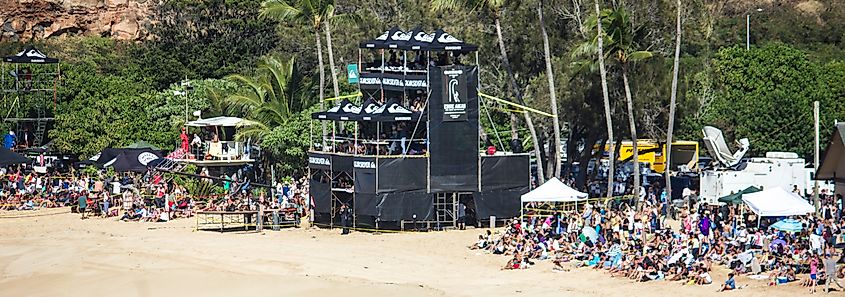
O’ahu is the most prominent of all the Hawaii Islands, and although the North Shore is not a town, this region is known for its extreme surf culture. The Eddie Aikau Big Wave Invitational is a testament to said culture as one of the largest surfing events in the world. Known as “The Eddie” for short, this event is named after Eddie Aikau, a legend in Hawaii for his incredible bravery and athletic prowess. Known as the first lifeguard for the North Shore, Eddie had saved more than 500 people during his time, including during the 1978 Hōkūleʻa voyage, where he sacrificed himself to save the rest of the canoe’s crew. The festival was created in his honor, where surfers come to test their abilities in surfing waves as high as 30 feet, just as Eddie did. Alongside the memories of Eddie, this invitational also concentrates on Hawaiian culture and is embedded in the opening ceremony through chants, offerings, and hula performed as a sign of respect for the surf icon. As a salute to Eddie Aikau, this event brings an irrefutable connection between the Hawaiian culture, adventure, and the sea.
Hilo, Big Island - Merrie Monarch Festival
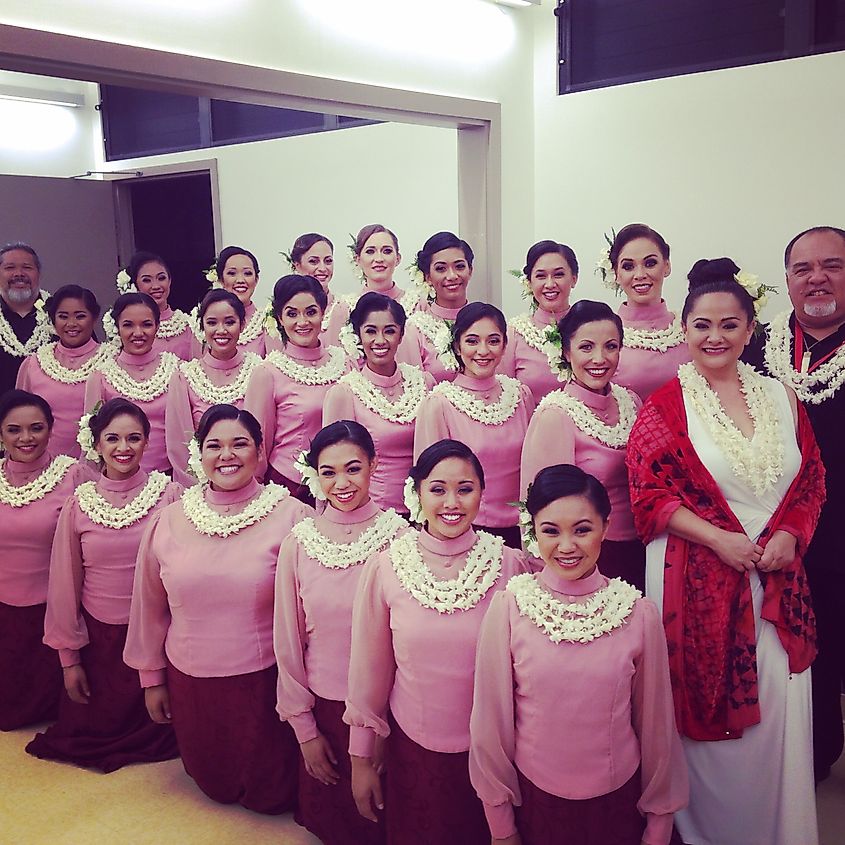
Hilo is an incredibly fertile and radiant town on the northeastern side of Hawaii, distant from the Kohala Coast. Highlighted by its volcanic surroundings, Hilo is abundant with glimmering waterfalls and precious gardens. With a history of tsunamis, the people of Hilo know how to protect their belongings, especially their culture. The Merrie Monarch Festival comes to Hilo every Spring for a week-long celebration to keep the people of Hawaii enamored with the art of hula. Having started in 1963, this festival is centered around the preservation of hula, as well as Hawaiian culture. There is an art fair, cultural demonstrations, and a parade that encourages the Hawaiian spirit, with the main feature being a three-day hula competition with hula schools from Hawaii and the rest of the U.S. This festival is so famous that parts of the U.S. hold workshops and lessons for those preparing to visit. The Merrie Monarch Festival is a chance to learn about Hawaiian chants, crafts, and history, honoring knowledge and cultural practices, and passing them on to the next generation.
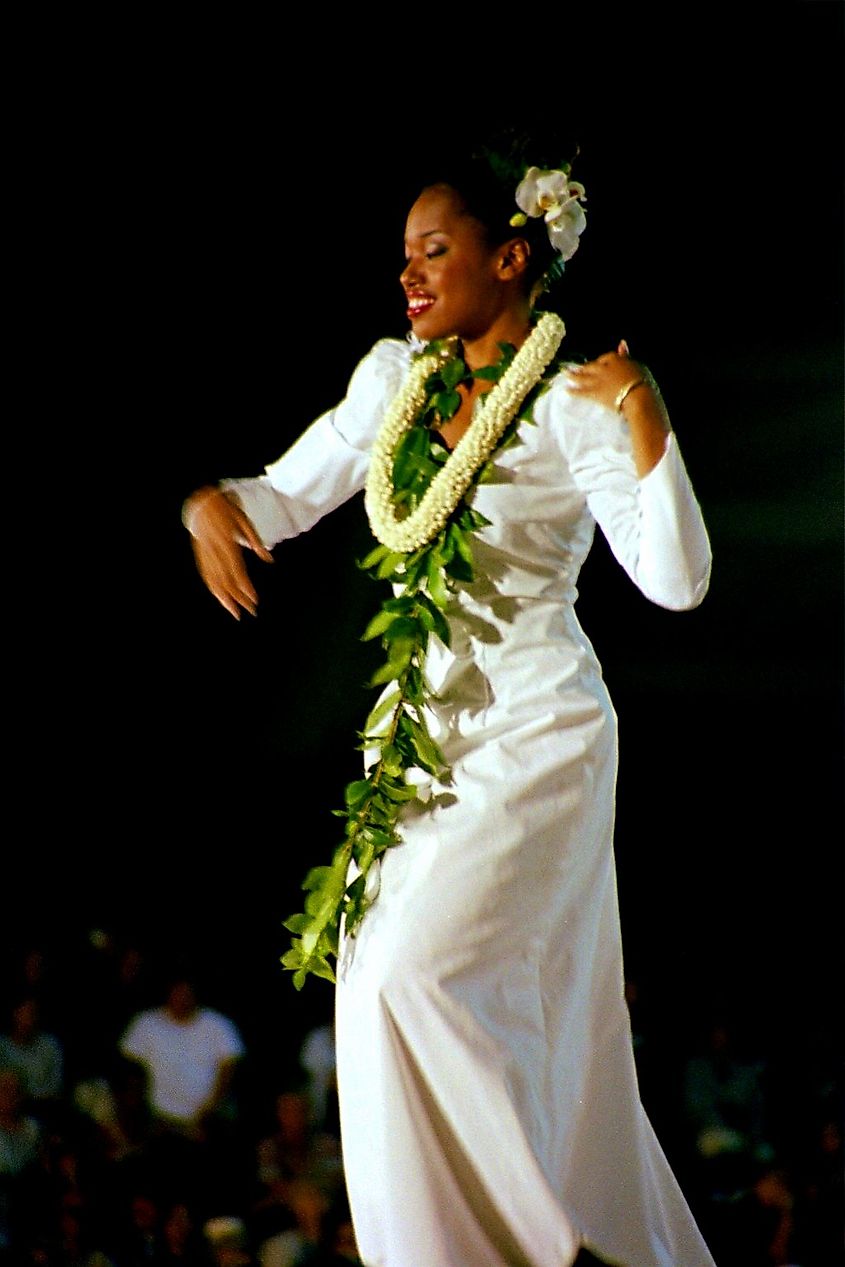
Waimea, Big Island - Waimea Cherry Blossom Festival
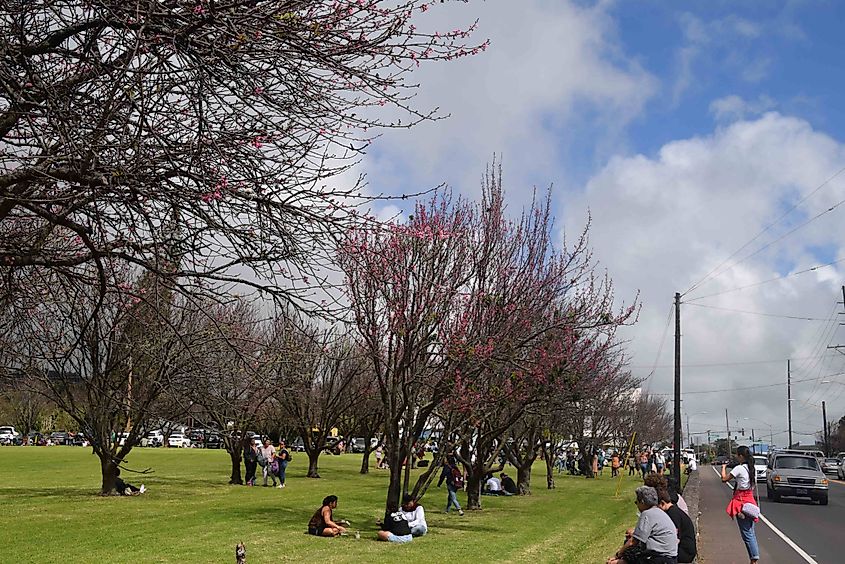
Waimea is a northern town on the Big Island neighbored by Kohala, one of the oldest volcanoes on the island. At higher elevations, this town is reminiscent of the Scottish Highlands due to its cooler and cloudy weather closer to the ground. Waimea is one of three towns with the same name in Hawaii, and to create a distinction from the others, this one on the Big Island was titled “Kamuela” after Samuel Parker, a figure of Hawaiian politics.
Befitting the climate, the Waimea Cherry Blossom Festival is focused on the season when the historic cherry trees bloom. This festival is centered around Japanese practices such as hanami, the tradition of viewing cherry blossoms bloom, and mamemaki, which means bean throwing. Festivalgoers can also participate in activities such as oni origami, which translates to demon origami, and fukumame, a fortune bean challenge. This expression of traditional Japanese culture is enjoyed more with their tree display, food booths, cooking demonstrations, cherry branches on sale, and entertainment throughout.
West Shore, Maui - Wa'a Kiakahi Canoe Festival
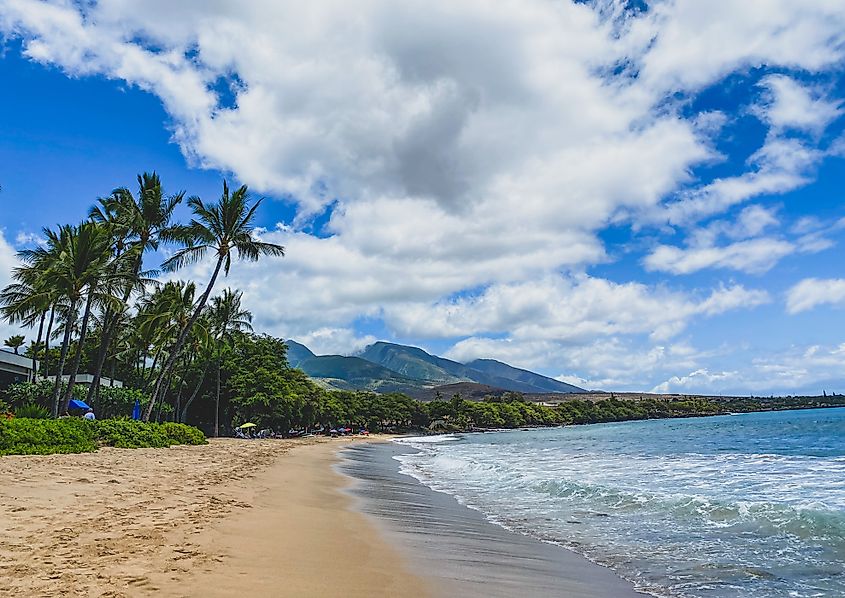
Once the capital of the Hawaiian Kingdom, the West Shore of Maui is now home to the Wa’a Kiakahi Canoe Festival, pronounced Wah-ah Kee-Kah-hee. Originally created by the Hawaiian Sailing Canoe Association (HSCA), this festival occurs at Kā‘anapali Beach every year, where 10 groups of six members from each island within Hawaii come together and explore the traditional ways of Hawaiian sailing. Visitors can take part in traditional ceremonies, canoe rides, and even talk about celestial navigation. Their canoe races are curated in the exact ways of the ancient Hawaiians, and visitors are welcome to hop on a sailing canoe for a free ride!
Ka’u, Big Island - Ka'u Coffee Festival
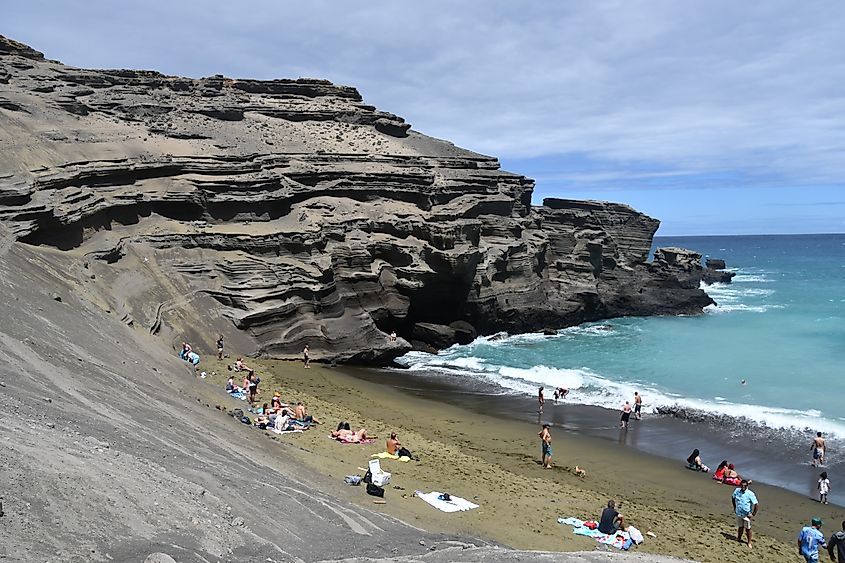
Ka’u has climbed from being a small player to dominating the coffee production market in Hawaii, which has the best climate conditions for coffee plants in the entire U.S. Formerly a sugar-centered market, the coffee production in Ka’u was late to bloom due to the increasing interest in how much money sugarcane raked in. Although, as things changed, coffee became more popular. Everyone was so perfectly familiar with coffee that they made their own festival: the Ka’u Coffee Festival. Annually in the Spring, this festival is encompassed with coffee tastings, opportunities to educate those on its production, and even a pageant. The focal point of this festival is the Ho’olaule’a, where visitors can meet the award-winning coffee farmers and have a chance to buy a fresh batch of their coffee beans right from them! For coffee enthusiasts, Ka’u on the Big Island is an impressively rich region to visit, but like the rest of Hawaii, this festival also comes with an ambience of music, hula, and a spirited Hawaiian essence!
Waikoloa, Big Island - Rubber Duckie Race
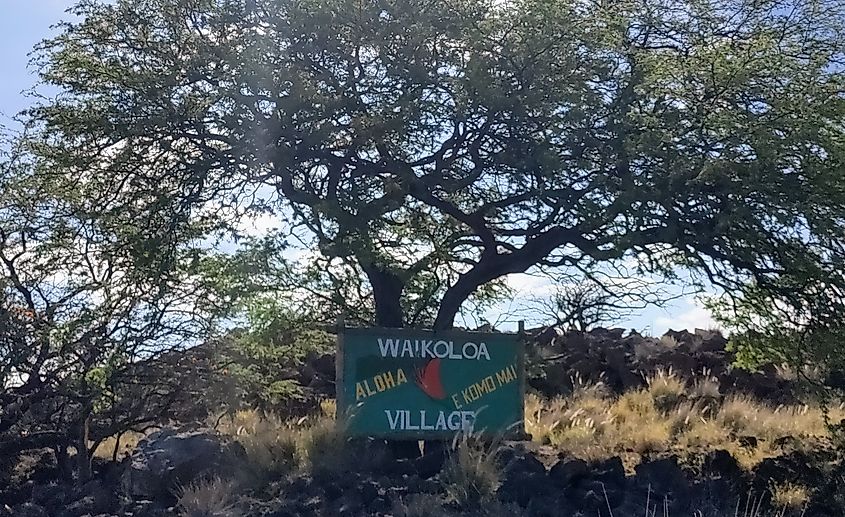
Waikoloa serves as the location for a great achievement for Hawaii: the Rubber Duckie Race. With over 60 years of experience, the United Cerebral Palsy Association (USPA) of Hawaii helps children with cerebral palsy and other developmental differences, aiding over 300 people every year. To increase their impact on children, the Rubber Duckie Race acts as an annual fundraiser for USPA. Originally from a race in Canada, the race in Waikoloa includes over 20,000 ducks floating down the Ala Wai Canal. Visitors and onlookers can adopt a duckie or simply revel in the race. The first 50 duckies, as well as the last duckie to win, are given prizes, making it a unique and charitable festival.
Waimea, Kaua’i - Waimea Town Celebration

Waimea in Kaua’i is a village that can be confused with the other Waimeas in the state, but regardless, this village stands out because it is the most celebrated Waimea of all. The Waimea Town Celebration is the longest-running festival in the village, one that commemorates the town itself and its community. This 9-day array of festivities includes 2- 10k runs, canoe races, storytelling, and more. The highlights of this festival include the Kaumuali’i Lu’au, a remembrance of the most beloved king to Kaua’i, and the Ho’olaule’a, a block party finale of music, food, and entertainment. The Waimea Town Celebration holds values through which its community stays together: laulima, meaning cooperation; moʻolelo, which translates to tradition; ola kino, which entails healthy living; aloha ʻāina, which stands for the stewardship of the land, and more.
Waikiki, O’ahu - Waikiki Spam Jam
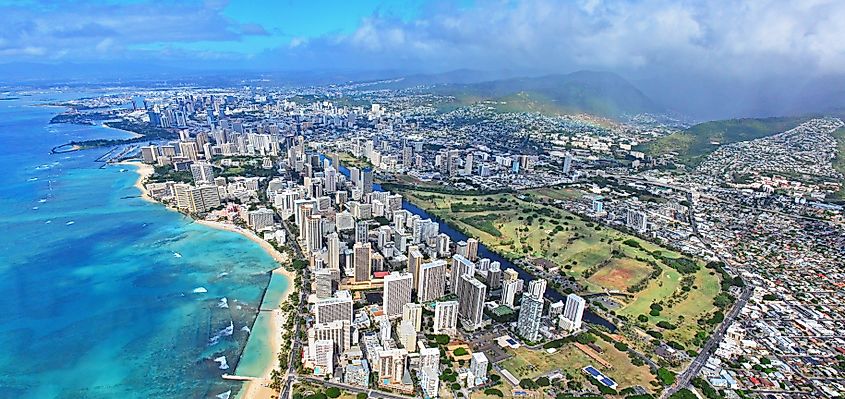
Away from the ancient practices and traditions comes the Waikiki Spam Jam, a one-of-a-kind sentiment to a beloved canned food. During World War II, Spam became a staple in Hawaii due to its durability, and over time, it has become an incredibly loved food product. This food festival or block party is in honor of Spam, with restaurants across Waikiki participating in serving Spam-inspired dishes. At first, this party was to celebrate Spam as a symbol of Hawaii’s community while simultaneously helping local charities out. Eventually, it became one of the longest-running street festivals in the state, with the quirkiest of dishes served. Some dishes include Spam Bao Bun, Spam Musubi Butter Mochi, Spam Mac & Cheese, and so much more! Every Spring, Kalākaua Avenue in Waikiki becomes a commemoration of a fundamental food of their culture for those intrigued by the most unique festival in Hawaii.
Makawao, Upcountry Maui - The Makawao Rodeo
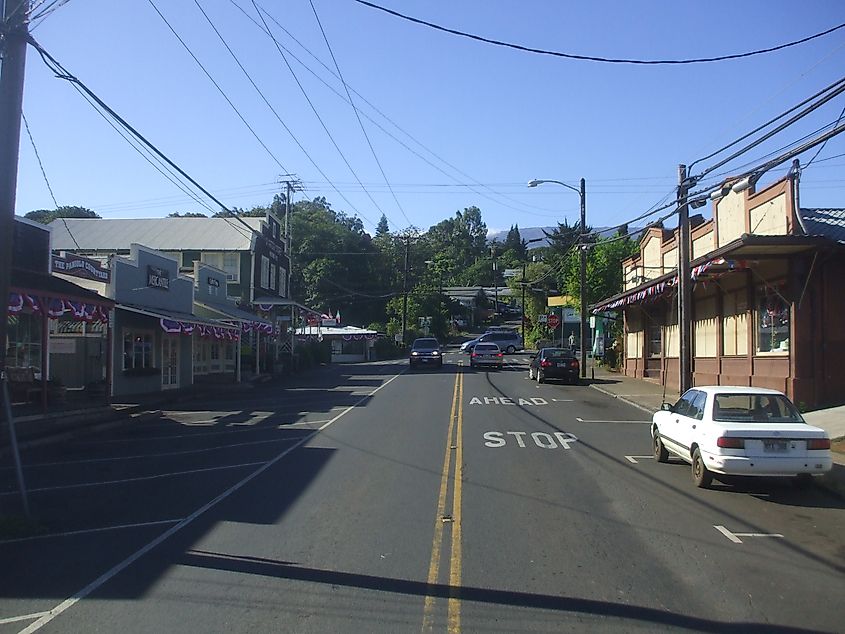
Makawao sits on the slopes of the Haleakalā Volcano in Maui, a great distance for a town of Paniolo culture to prosper. Paniolo translates to cowboy, a term that has defined the biggest little town in Upcountry Maui. The history of paniolo culture goes back to 1793, when the British Captain George Vancouver arranged for the first cattle to be presented to King Kamehameha I. The king was so in awe of this animal that he placed a rule preventing anyone from harming it, which eventually allowed for the cattle population to grow. To maintain a sense of control over these herds, Hawaiians learned the practice of taming cattle, which then led to Hawaiian cowboy culture.
The best way to explore paniolo culture is by seeing the Makawao Rodeo, the largest cowboy competition in the state. This rodeo has visitors coming in and out to see the parade and rodeo competitions like how paniolo did it in the 19th century: barrel racing, bareback bronco riding, and calf roping. As a memento to the origins of paniolo culture before the U.S.’s “Wild West” ever became a reality, the Makawao Rodeo is a wonderful demonstration of a lesser-known part of Hawaii’s history.
As beautiful as the landscape of Hawaii is, it has tons more to offer. Vibrant geographical features aside, the communities of Hawaii explore the most unique facets of their ancient culture and put them in festivals that everyone from everywhere can enjoy! From sailing to hula to Spam, Hawaii offers a vast array of interests for any type of traveller, and the most exceptional celebratory experiences that a state can offer.








